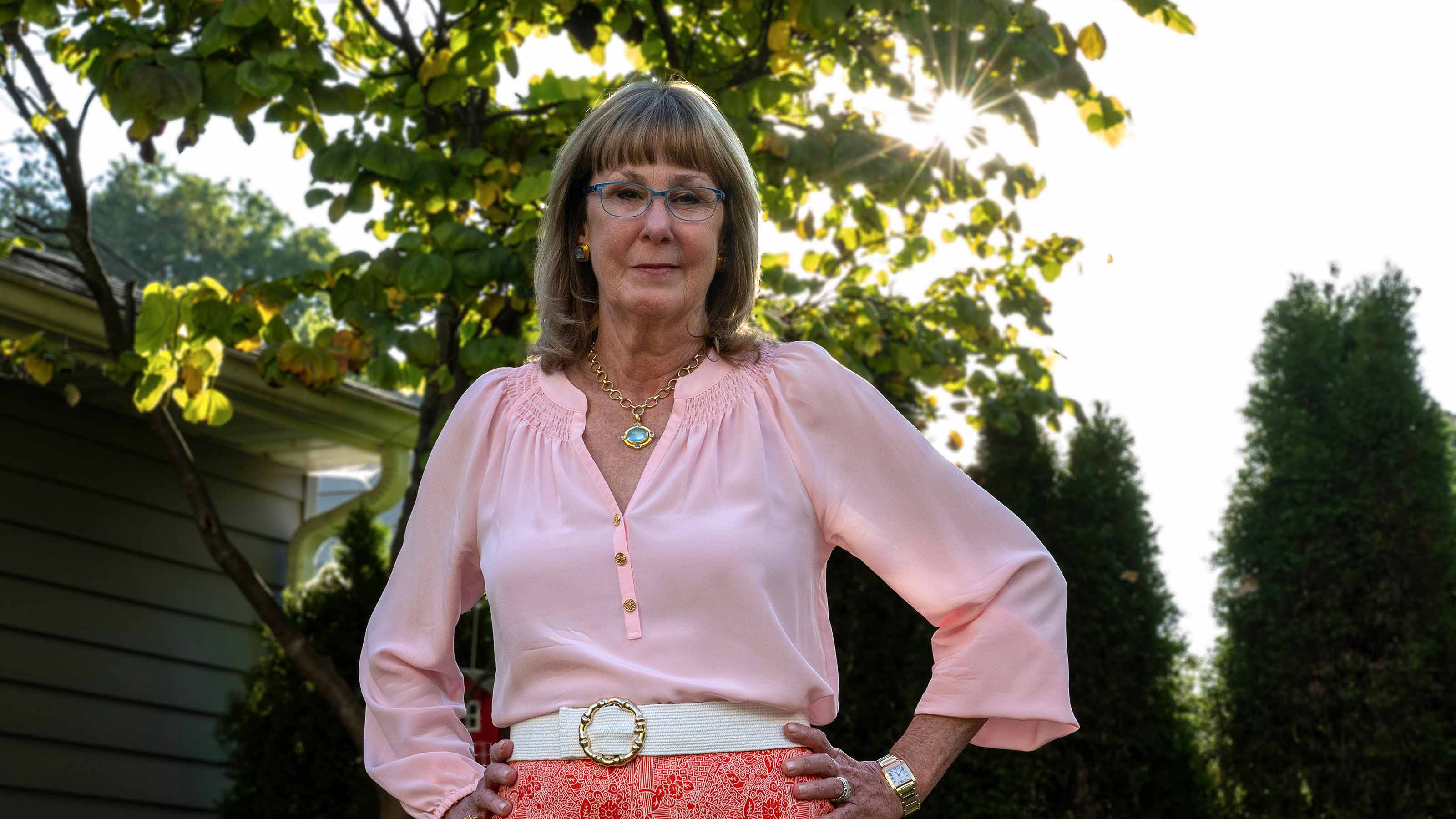
Being able to see is a gift. We want to protect our vision as long as we can by taking care of our eyes. Maintaining normal vision is one of the most important, although sometimes overlooked, aspects of our health. And as we age into our 40s, when vision issues can begin to crop up, it becomes increasingly important to maintain good vision.
Our eyes are inch-sized hollow balls made of three layers of tissue. They have many parts, including the tear film, cornea, pupil, lens, retina and optic nerve, all working together to help us see clearly.
The parts of the eye grow from birth to adolescence, and just like a car, the more mileage you put on them, the more likely any one of them might break down.
Just like the rest of our body, our eyes need rest, good nutrition, exercise and protection form harmful rays. Developing healthy habits in our middle ages can protect our vision from common, future age-related problems.
Here are a few common issue I see with people as they age, and later I’ll list a few things we can all do to prevent them.
Dry eyes
You may notice your eyes feel drier as you reach your 40s. That’s because we make fewer tears, and tears of poorer quality, as we age. Our tissues become more lax, less elastic. Eyelids are no exception, as they don’t cover the eyes as well as they once did.
Supplement dry eyes by using artificial tears, and relieve dry eyes with hot compresses. Focus on lid hygiene, keeping them clean and free from bacteria. This will keep better tear film, which will contribute to better vision.
Lens changes
Hardening of the lens is referred to as presbyopia. Lens change occurs as we age, and by the end of your 40s you might have to wear bifocals to make up for the lens no longer being able to change shape.
Cornea cell loss
There are certain cells in the cornea, called endothelial cells, that keep it free of water. You want the cornea to be crystal clear. However, we lose cells over time, and they’re not replaced. In some instances, because of underlying cornea dystrophy or multiple surgeries, you can lose them, resulting in cornea problems.
Cataracts
The biggest issue with our eye lenses as we age is cataracts, an eye abnormality characterized by lens opacity. Bonds between proteins in the lens change, first becoming harder, usually in early 40s. Simple tasks such as reading up close to your face become harder. Lenses can become yellow or brown over a period of a few decades, and we refer to an advanced cataract in this state as a brunescent cataract.
Everyone will get a cataract if they live long enough. Having one, though, can be viewed as a good thing, as one’s vision can significantly improve once it’s removed. It’s a continuum that starts in your 40s, and the hardening and discoloration become more prominent in your 50s. Then it becomes visually significant later.
More good news: Cataract surgery is safe and effective with a very low chance of complications.
Floaters
The vitreous is a gel-like substance in the middle of the eye. It’s rigid and keeps the retina bolted down. This gel starts to liquify as we age, and it can pull away from retina. When it liquifies enough, we get dreaded “floaters,” spots in our vision that look like dark specks moving across our field of vision.
Floaters are annoying, but natural, and surgery to remove the vitreous could be required if the floaters begin to impair your vision.
How to maintain eye health
Here are a few suggestions for maintaining the health of our eyes as we age:
- Get regular eye exams. See an optometrist or ophthalmologist biannually. If you have high blood pressure and diabetes, get good, annual exams that check the back of the eye.
- Develop healthy eye habits, such as resting your eyes as much as possible, maintaining good nutrition, exercise and protection form harmful rays. These healthy habits can protect your vision from common, future age-related problems.
- Wear appropriate eye protection, such as polarized sunglasses that provide UV protection. Wearing a hat and putting on sunscreen, and protecting your eyes with sunglasses can help reduce the chance you’ll develop melanoma on the back of your eyes.
- Stop smoking, and limit secondhand smoke.
- Eat well. Eye vitamins are not necessary, but the best thing to do is eat green, leafy vegetables, and perhaps take a multivitamin daily. Beta carotene, from carrots, is good. But if you're eating a well-balanced diet, don't need to fuel up on carrots. Make sure that sugar is well controlled, as diabetes can damage eyes.
- Limiting screen time. Research is inconclusive about computer glasses that limit blue light. To this point, there isn't a preponderance of evidence, but I have used them, and it feels like there is less eye strain with them.
- Get an appropriate amount of sleep each day.
- Exercise. Maintain good cardiovascular health, and you’ll minimize the risk of developing eye problems.

Great vision starts here
Ohio State's optometry clinics provide world-class eye care for your entire family.
Schedule an appointment




